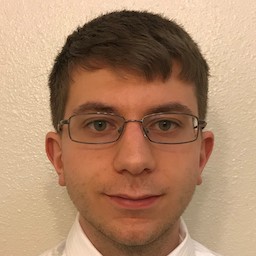In 2020, Cortava founder Sean Bullock first learned about transcranial direct current stimulation (tDCS) and its potential to improve cognitive performance. Since then, Sean and his team of Oregon State University students and faculty advisors have been working to design and manufacture the first tDCS device designed for easy integration into everyday life. Cortava draws ever-closer to its goal of making tDCS truly accessible, enabling people everywhere to utilize its performance-enhancing properties to help achieve their goals and improve their lives.
Frequently Asked Questions
What does tDCS stand for?
tDCS stands for transcranial direct current stimulation.
How Does tDCS work?
tDCS works by sending a constant low intensity current through two electrodes placed on the wearer’s head. With this current tDCS can modify neural activity.










